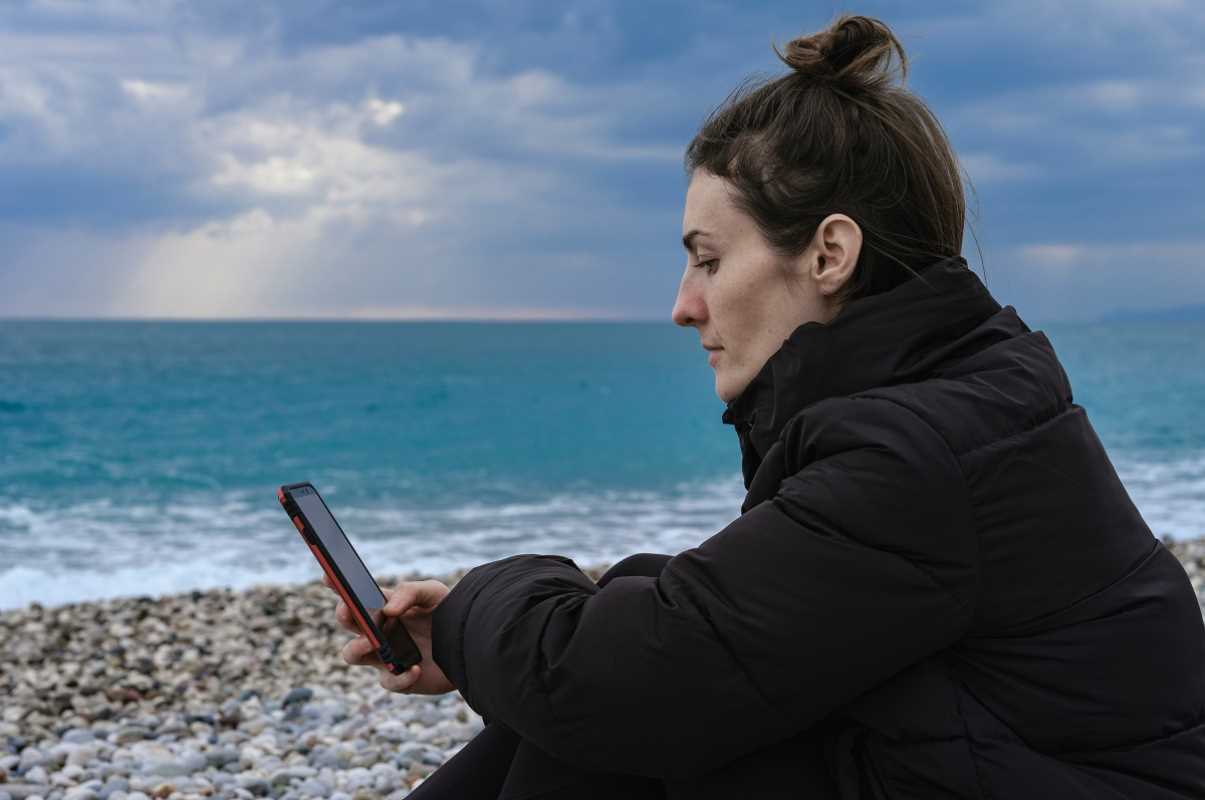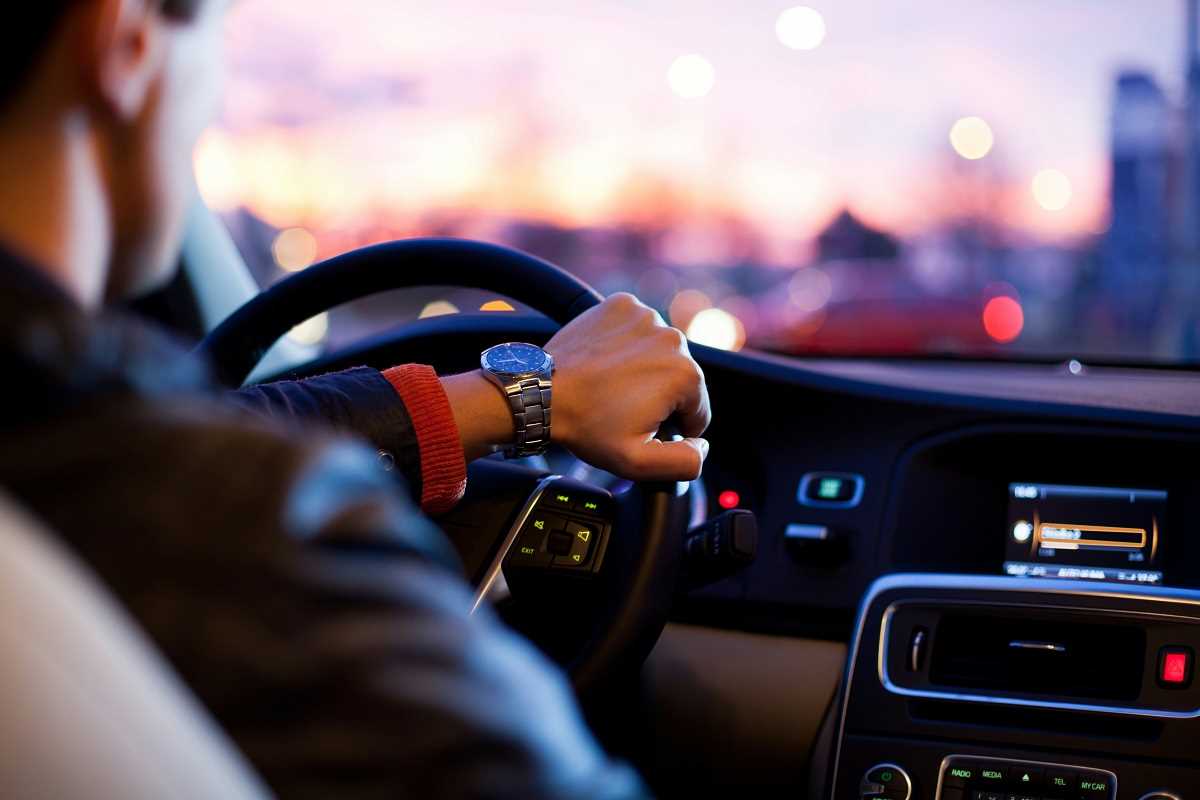In our smartphone-driven world, you might have come across the term “geotag” and wondered what it actually means. It seems to pop up everywhere—social media, travel apps, weather reports, and even your photos. But what exactly is a geotag, and why is it suddenly such a big deal? Here’s a breakdown of what geotags are, why they’re used, and how they’re shaping our experiences with technology.
What is a Geotag?
In simple terms, a geotag is a digital label that attaches your physical location to content, such as photos, social media posts, and videos. Whenever you take a photo with your smartphone, for instance, your phone uses GPS (Global Positioning System) to “tag” that photo with your location. This information is stored in the photo’s metadata—a kind of “invisible” file that keeps track of details about the image, including when it was taken and where.
Geotags can be as specific as a street address or as general as a city name. Most of the time, you won’t notice it's there unless you look for it. If you’ve ever seen a friend’s vacation photos pop up with locations like “Paris” or “Grand Canyon” below them, you’ve seen geotags in action.
Why Are Geotags So Popular?
Geotags aren’t just a quirky tech feature; they actually have practical uses. Here are a few ways they’re making life easier (or, depending on your perspective, a little too revealing):
- Helping us remember where photos were taken: We all have that photo app full of pictures from travels and family events. Geotags help keep track of the “where” behind each photo. Rather than looking back at a picture and scratching your head to remember which city or beach you were at, you can rely on the geotagged location.
- Making social media more interactive: When you share a geotagged post on social media, you’re not just sharing a photo; you’re sharing an experience tied to a specific place. Many people like to geotag posts on Instagram, for example, so that others can see where they were and discover new places to visit. Tagging places like “Central Park” or “Times Square” lets followers know exactly where the magic happened.
- Connecting to local communities and businesses: Businesses often use geotags to promote their locations and events, attracting both locals and tourists who might be nearby. This is especially popular on apps like Instagram and Facebook, where businesses encourage customers to geotag their store, restaurant, or event to spread the word and attract new customers.
- Enhancing navigation and map apps: Geotags play a role in services like Google Maps and Yelp, helping people locate reviews, check out photos of places, and even find recommendations for things to do based on their location.
- Providing personalized services: Geotags also make it possible for weather apps, news apps, and even ride-sharing apps to customize their services based on your exact location. This helps you get relevant information without needing to input your location each time.
How Do You Geotag, and Should You?
Geotagging is generally something that happens automatically on your smartphone or digital camera, but you have the choice to enable or disable it. If you want to enable geotagging on your phone camera, simply go to your settings. You’ll usually find an option under “Location” or “Privacy” to turn location services on or off for your camera app.
Many social media platforms, like Facebook and Instagram, also allow you to add or remove location information before posting. So, if you’re sharing a post, you can choose to let others know where you are—or not.
Should You Be Concerned About Privacy?
While geotags offer convenience, they also raise some privacy concerns, especially if you’re not fully aware of how much location information you’re sharing. Posting a geotagged photo in real time can reveal exactly where you are, which might be a bit more information than you want to share. Here are some tips on managing your geotags while keeping your privacy intact:
- Review your privacy settings: Most smartphones let you control which apps can access your location. You might want to limit this for apps where location tracking isn’t necessary.
- Think before sharing in real time: It’s wise to be cautious about posting your exact location if you’re alone or in a less public place. Consider waiting to post until after you’ve left, especially when you’re sharing content from personal or family outings.
- Edit geotags if needed: Some photo editing apps and social media platforms let you manually add or remove location information from posts. This can help if you want to share your travels without pinpointing your exact whereabouts.
- Keep family and friends in mind: It’s also a good practice to think of the privacy of others. If you’re sharing group photos or photos that include children, consider whether adding a geotag is necessary. Removing it can be a simple way to keep everyone’s privacy protected.
The Fun Side of Geotags
Despite some privacy concerns, geotags can be a fun and harmless way to interact with the world around you. Some apps use geotags to create interactive “maps” of where you’ve been, which can be enjoyable for anyone who likes tracking travel adventures or visiting new restaurants. Social media platforms even offer “location challenges,” where users post photos from a specific place with a unique tag, creating a kind of shared experience around that location.
Geotags also add value to digital photo albums, allowing you to view images by location and create travel slideshows based on cities, landmarks, or countries you’ve visited. If you like to look back and reminisce, geotags make this process more organized and memorable.
The Future of Geotags
As technology evolves, geotags are likely to become even more integrated into our daily lives. From augmented reality apps that use geotags to show you historical information about a place, to neighborhood apps that provide updates specific to your community, these little data points are part of a larger trend that’s making our physical and digital worlds more interconnected. They’re a reminder of how technology brings us closer to the places we visit and to the people who live there.
Embracing geotags doesn’t mean you have to let the whole world know every step you take. Instead, think of geotags as a handy tool to add a little extra context and meaning to your online presence—just at your comfort level.
 (Image via
(Image via





